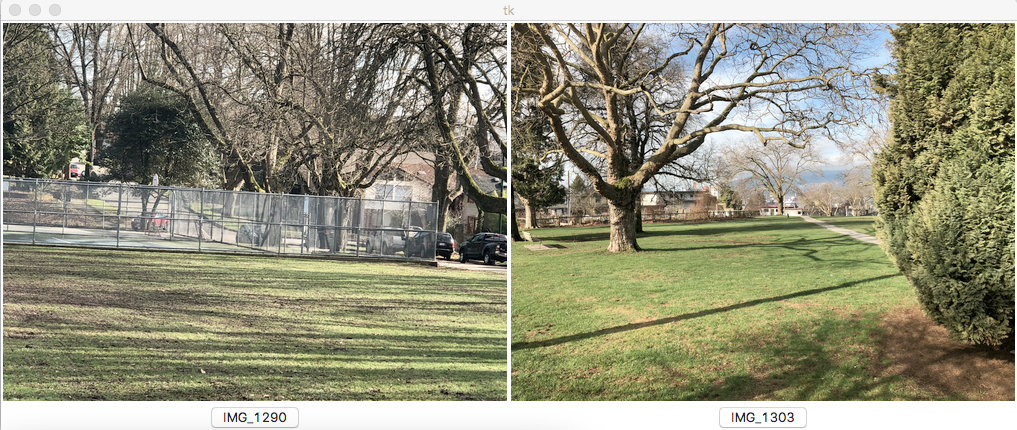Six features were major influences in the type of urban spaces children are likely to play.

These features are buildings and infrastructure, the presence of people and animals, dominant land usage, lighting conditions, level of crowding, and safety. By identifying the major influences in the type of urban spaces the children will play, these results can be used as a basis for further and more in-depth research.
Buildings and infrastructure Photos that contained more buildings and infrastructure were ranked higher as they allow children to interact with more tools in various activities and exercises such as jumping, sliding, crawling, and swinging. Such infrastructure that can increase the ranking of playability include bike paths, showers, toilets, and parking lots.
The presence of people and animals Photos showing more kids playing and the presence of more animals such as dogs were ultimately chosen more often. More children present on a playground encourages children to enhance and gain more social skills which improve their existing friendships.
Dominant land usage The following order from best to worst was concluded on the ranking of photos based on what the land was used for (parks, environment-friendly playgrounds, landscape with water, places of residence, and finally roads). Parks were ranked number one because parents see them as an environment where their kids will interact with nature and improve their mental health. Green parks were ranked second as they are deemed safer, water landscapes ranked third as they can be dangerous for children. Residential areas and roads were ranked last as they are encroaching on play spaces and were considered unsafe.
Light conditions Urban spaces with more light were seen as more secure where children could clearly locate playing equipment and easily spot dangers. Good light conditions also allow parents to easily monitor the movement of their children and also seem more inviting to children.
Level of crowding Urban spaces that were more crowded and favorite than those that appeared isolated. They also have a higher chance of contacting familiar faces if the place is more crowded and can interact with those they know about their social behaviour.
Safety The urban spaces that seemed safe scored a higher ranking than those that looked dangerous. Those that contained safe playing equipment are conducive to children’s play hence more parents will allow children to play there.